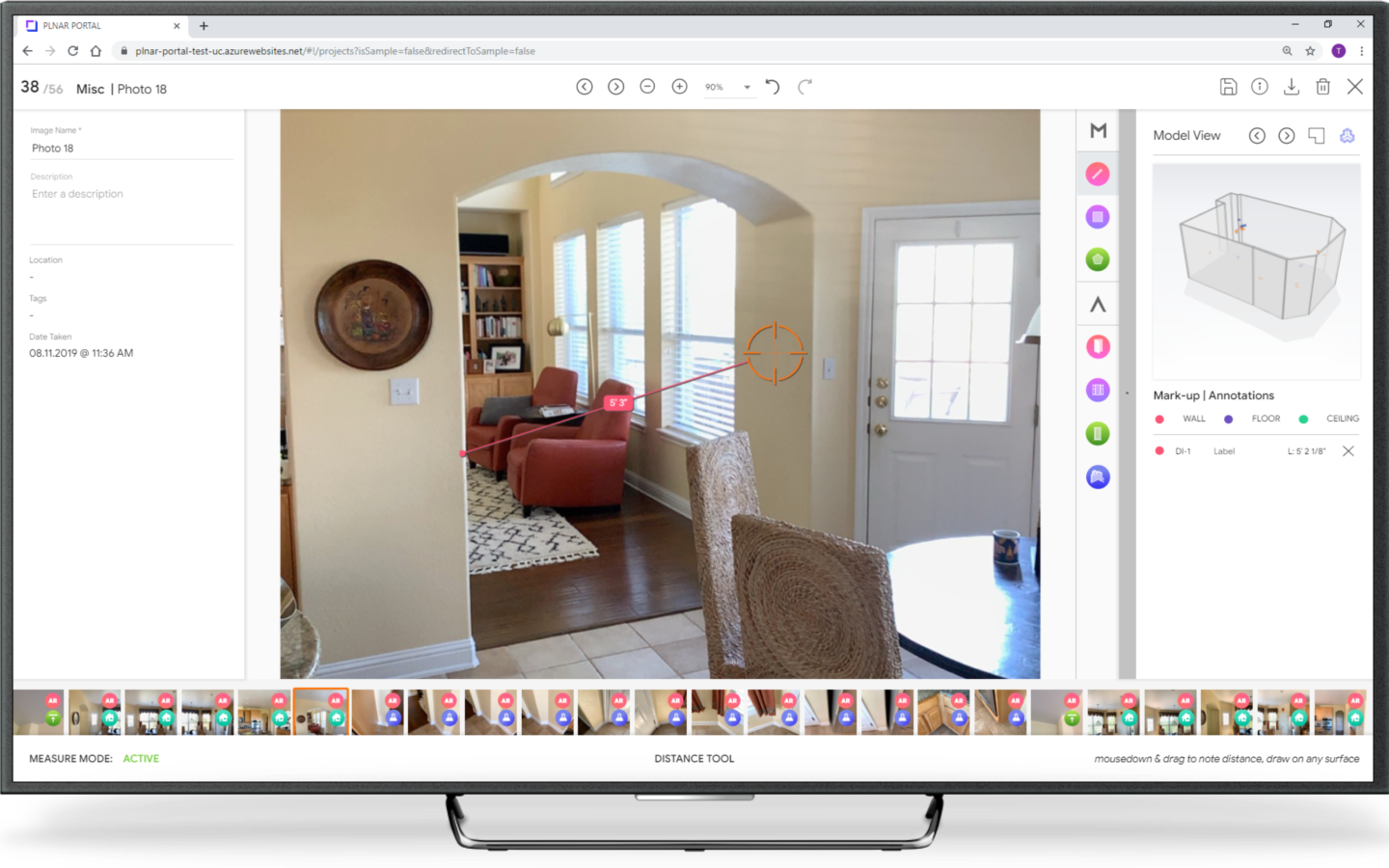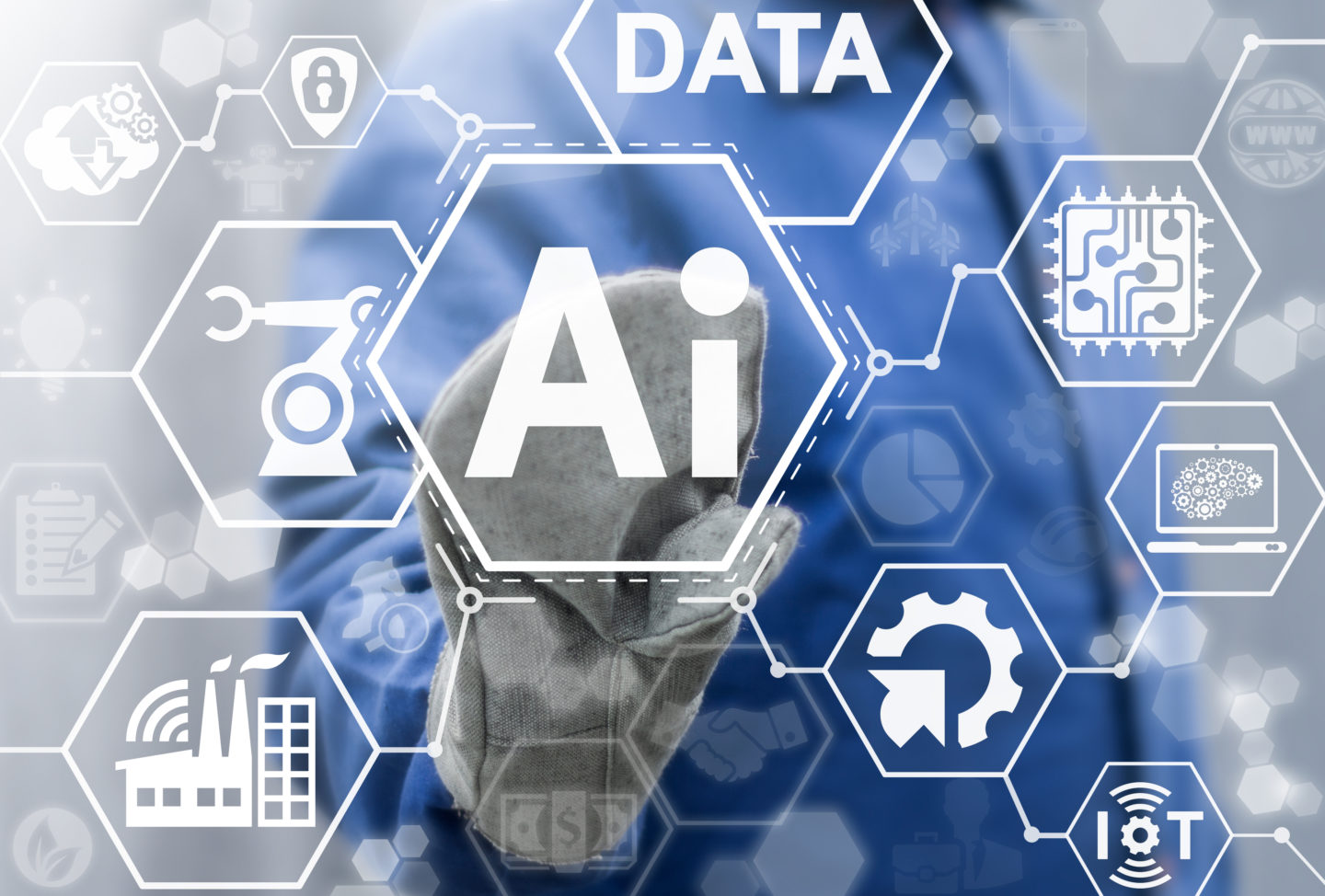The capabilities of consumer technology have changed rapidly, opening up opportunities for new advances in simple-to-use AR technology. Putting the power of AR and AI in the hands of everyday consumers can have a huge impact on how we navigate both daily life and unusual events. In part 2 of our interview with plnar CTO Dan Jovanovic, we discuss how he stays inspired to innovate plnar’s platform and where he sees technological advances intersecting with his vision for the company’s future.
When I’m faced with an innovation challenge, I usually start with some kind of concept: what would be really useful? What would be really mind-blowingly cool to do? What would solve a headache for someone? Then I enter into cycles where spend a lot of time thinking on it, and then backing away from the problem completely to be able to re-approach it fresh. At some point, it clicks—I see how to get there and start doing all the tactical work to prove out the idea and eventually, make it happen.
For me to be able to do this well, I have to keep my head free and clear and stay deeply immersed in industry trends. I’ve always been proud of the fact that plnar has been at the edge of industry and consumer trends, and to keep that going I have to stay really focused.
The long-term success of the company is really important to me, because I think our technology truly makes a difference in people’s lives.
Our success as a company will mean more simplicity, success and ease for consumers who are usually dealing with an unfortunate event in their lives, like damage to their property.
For example, when Hurricane Harvey hit Houston, we saw our plnar Pro app top the Apple app charts for two weeks. I think about where we were then and where we are now, and how important a platform like plnar is when we are dealing with massive, widespread damage to such a big, bustling city like Houston. Giving consumers the power and peace of mind to deal with their insurance during a truly horrible time and not have to wait for days, weeks, maybe even months for an adjuster to come out is great.
Even in high school, I wanted to be an entrepreneur and make society just a little bit better off. I am happy that I get to do something today that would make my younger self proud.

The idea for SmartPix is really what drove the development of the whole company. The original idea behind PLNAR as a company was: what kind of business could you create if you could generate measurable pictures with commodity mobile hardware? If these “smart” pictures (SmartPix) could embed measurements, then have those measurements shared and redone as needed, you could really make an impact in a number of verticals including insurance, home improvement, machining, etc.
What we found early on was that mobile hardware wasn’t quite ready to execute this vision at the time of our founding. As such, we explored tangential technologies for the first few years but eventually, when the hardware and software APIs were ready, we dialed everything in and SmartPix was ready for prime-time. The SmartPix concept is simple: take pictures with your smartphone, enable them to be measurable with no additional accessories, and deploy them into markets where they can have the most benefit for the most people. It took us a few years to get here but here we are. Finally!
What we needed was simplicity in our flow and to present users with a UX they are already familiar with. Think about it. What most people know how to do with smartphones out of the box are things like browse, take pictures, send texts/emails, listen to music, etc. I think of these abstractly as “lizard brain” constructs. Eventually people begin accumulating custom apps with increasingly complex UX flows that require repetition and learning to be able to use effectively, in other words “wizard brain” constructs.
Our original app incarnation, PLNAR Pro, falls very much into the latter category. We found that motivated professionals could learn how to use our app in about 15-30min but that one-time users, and especially those in the middle of natural catastrophes, simply weren’t ready for this amount of up-front effort. What we needed was something in the former category with UX that people would latch onto intuitively and complete a flow with minimal effort. This is where SmartPix really makes a difference.
To the user, they are just taking pictures but SmartPix bundles in data behind the scenes which allows entire interiors spaces to be created from the accumulated data in our back-end.
This means that users don’t have to wait for an insurance adjuster or repair person to come to their house. Instead, an accurate 3D model of their space is sent to the adjuster (or whoever needs it) with the capability to measure and create an estimate with over 10x reduction in cycle time.
The insurance industry has already experienced such an impact in the automotive space with simple photo apps producing significant improvements in claim processing time and customer satisfaction. The property insurance space is much more dependent on custom measurements which makes it perfectly attuned to the combination of photo-taking UX and custom measurement capability offered by SmartPix. Our early work with our insurance partners is proving this out and we are very excited about what lies ahead.
The mobile hardware space continues to be a big point of focus for us going forward. When we started out the most advanced mobile devices had 2 cores and a generally underutilized GPU. Now devices moving past 6 CPU cores with custom GPU derived hardware capable of running advanced AI algorithms. We see this trend continuing and by staying poised to take advantage of the latest performance gains, literally every year as they come out, we almost intrinsically align our roadmap with emerging industry trends. For example, when Apple released ARKit for the first time in 2017, we derived a prototype and posted a demo video within a week. It went viral on Twitter and ended up with us being the number one featured app on the App Store for two weeks.

In addition to mobile, we are also increasingly putting a lot of focus into the cloud. The app-cloud interaction is what allows us to create the leaps in space-time (e.g. creating and sending 3D interior models around the world in seconds) that delight our partners and their customers. We also see the cloud as rich terrain for deploying increasing advanced AI models to bring our data capture to the next level.
Although we are focused on insurance at present, there are also numerous opportunities to extend our tech stack into other business verticals. I’ve already mentioned home remodeling. In this space, we see having a 3D model available for every house you buy or apartment you rent as being increasingly indispensable. Every time someone would want to update their kitchen, remodel their bathroom, or preview their furniture before moving in, these our models would be ready and available. This couples perfectly with the broader trend towards interior mapping that’s increasingly gaining ground.
If you missed part 1 of Dan’s interview, check it out here.

